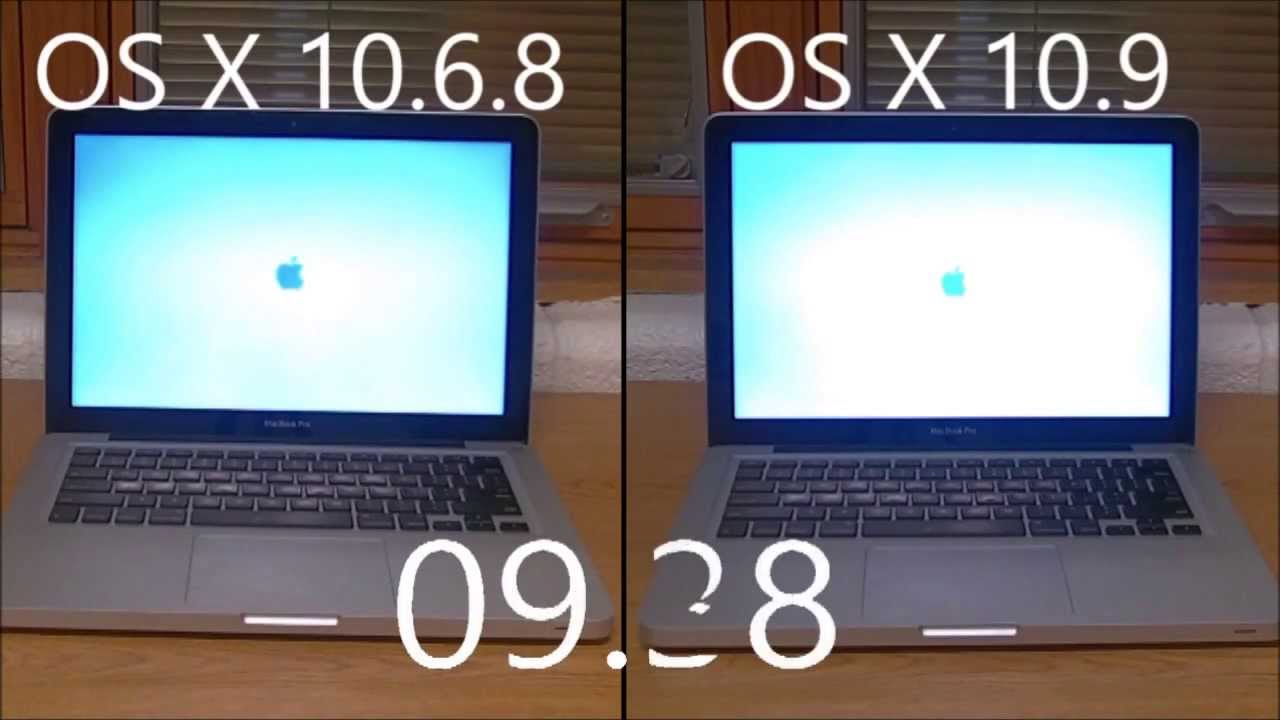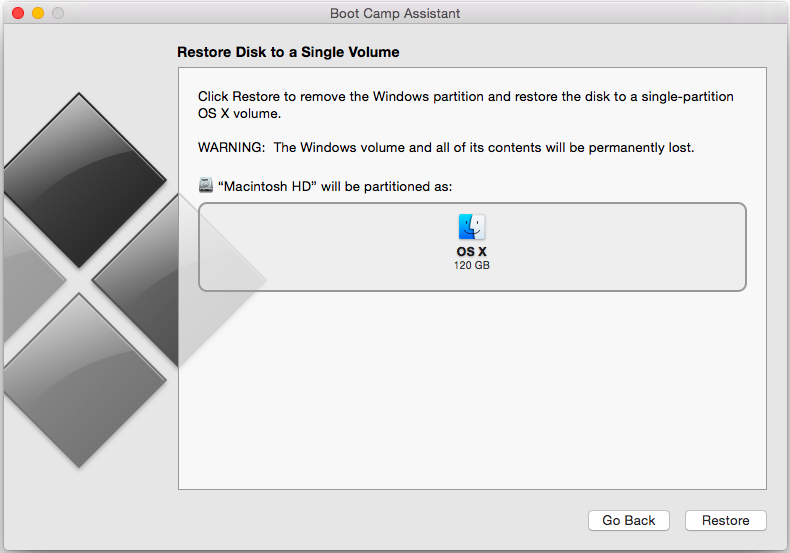

- HOW TO FACTORY RESAT MACBOOK OS X HOW TO
- HOW TO FACTORY RESAT MACBOOK OS X MAC OS X
- HOW TO FACTORY RESAT MACBOOK OS X MAC OS
Remove the preference files (and any preference lock files).Click the Continue option in Disk Utility and then select.
HOW TO FACTORY RESAT MACBOOK OS X MAC OS
Click on Disk Utility and click on Mac OS Extended.

Something will come up called OS X Utilities.
HOW TO FACTORY RESAT MACBOOK OS X HOW TO
Once your Mac boots into Recovery mode, open the Disk Utility. How to factory reset a Mac or MacBook Performing a factory reset on your MacBook or Mac can solve many macOS problems, and is essential if you're selling. How do I factory reset my MacBook Pro 2010 As it’s loading hold the Command button and the R key. Power on your Macbook, Macbook Pro, Mac Mini or other OS X computer.

Pick Reinstall MacOS or Reinstall OS X, you MacBook Pro will start connecting to Apple servers and downloading the Mac OS automatically through Wi-Fi network or Ethernet. Hold down the Command and R keys on the keyboard and turn on the Mac. Go to the ‘Applications’ folder and then click on the ‘Utilities’. How to reset a MacBook Air or MacBook Pro. Once the Disk Utility is closed, the Mac OS reinstallation window will present. To start the Mac OS create a recovery USB process, you need to open the ‘Recovery Disk Assistant’ from the Disk Utility. Hold down the Command and the R on your keyboard at the same time. Step 3.Reinstall Mac on your MacBook Pro. One surefire method that will reset both Terminal and delete the user profile: Steps to Reset Mac to Factory Settings: Turn off your Mac completely. Some of this is influenced by the Terminal app itself. Source "$backupdir"/.bash_profile #in case backup profile & history was over the default 500 linesīash doesn't have preferences, but it does follow directives such as profiles, environment variables, and any other sources and flags upon starting a login session. To restore it back to how it was backupdir="$HOME/Terminal_Backup_Files"ĭefaults import - < "$backupdir"/Terminal_defaults.xmlĬp -rf "$backupdir"/ "$HOME/Library/Saved Application State"/Ĭp "$backupdir"/* "$HOME/Library/Preferences/" Rm -rf "$HOME/Library/Saved Application State//" Start from macOS Recovery: power on your Mac, then immediately press and hold Command and R until you see an Apple logo or another picture. After macOS installation is complete, the Mac restarts to a setup assistant that asks you to choose a country or region. The best way to restore your Mac to factory settings is to erase your hard drive and reinstall macOS. Highlight the startup disk and hit Erase tab.
HOW TO FACTORY RESAT MACBOOK OS X MAC OS X
To restore Terminal to a factory state (tested on Mac OS X 10.12.6 Sierra), backing up bash profile, history file, Terminal preferences and savedstate : #backing upĭefaults export - > "$backupdir"/Terminal_defaults.xmlĬp -rf "$HOME/Library/Saved Application State/" "$backupdir"/Ĭp "$HOME/Library/Preferences/"* "$backupdir"/ How to Factory Reset Mac Using Disk Utility Step 1. Select Disk Utility on the Mac OS X Utilities screen and click Continue.


 0 kommentar(er)
0 kommentar(er)
